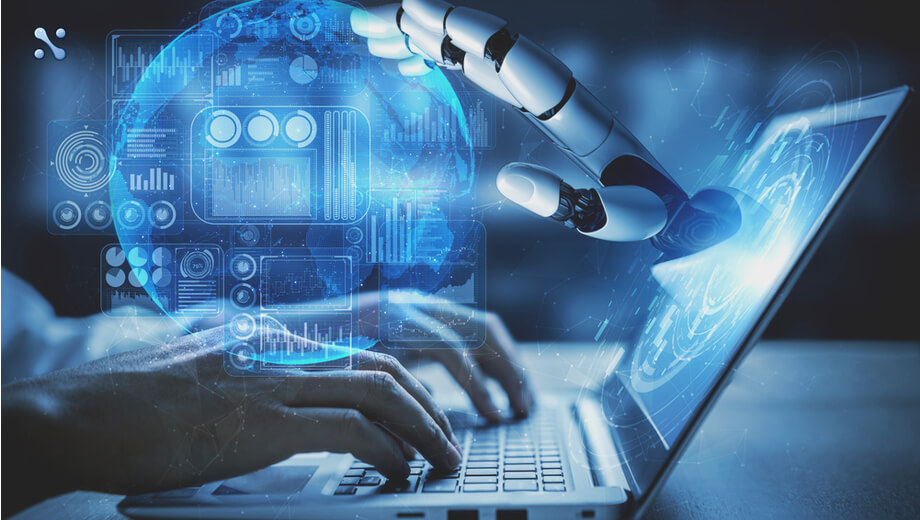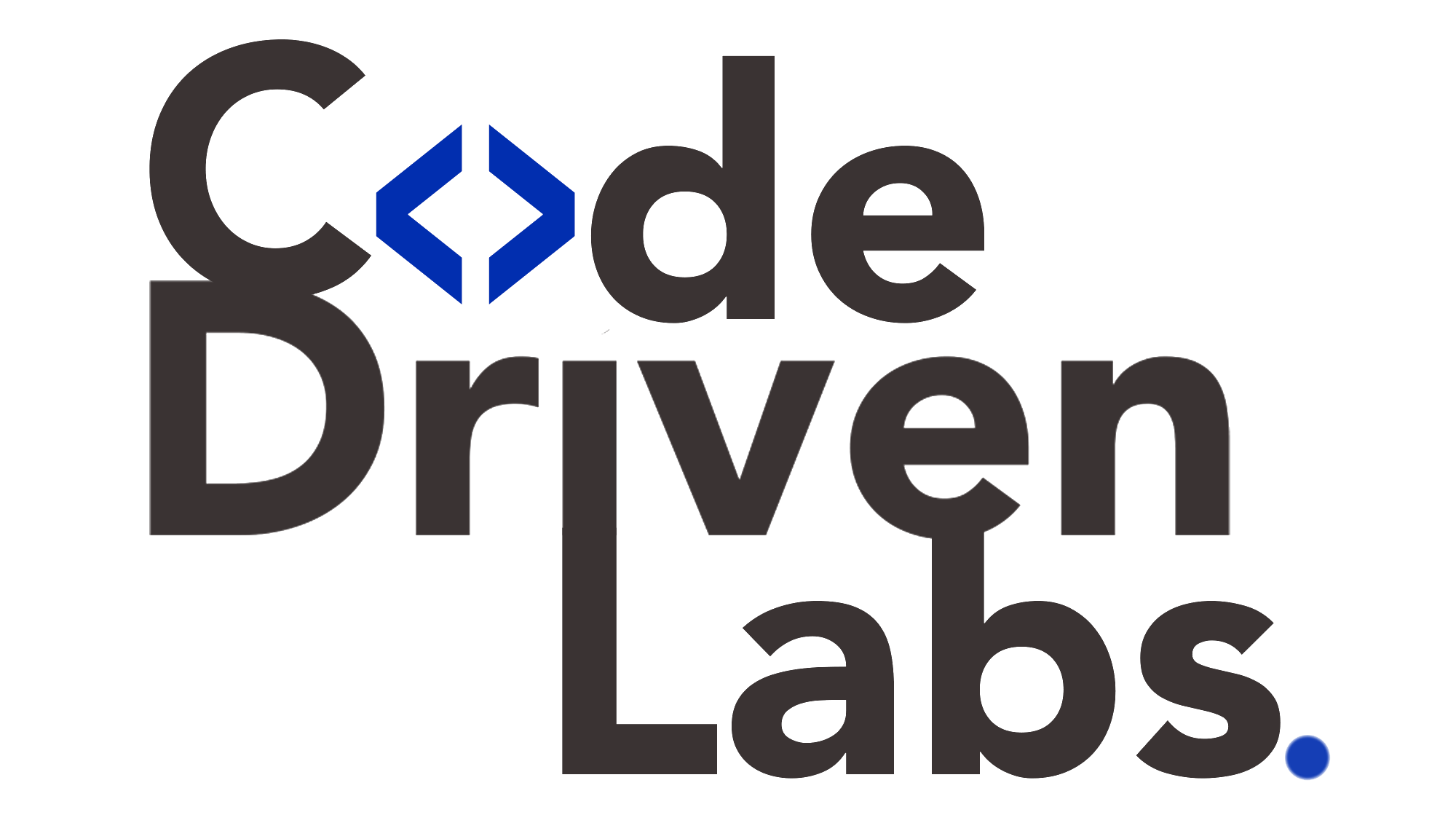Level up your business with US.
- Home
- The Rise of No-Code AI Tools: Building Smarter Websites Without Writing a Single Line of Code
The Rise of No-Code AI Tools: Building Smarter Websites Without Writing a Single Line of Code
September 6, 2025 - Blog
The Rise of No-Code AI Tools: Building Smarter Websites Without Writing a Single Line of Code
In today’s digital-first world, a website is no longer just an online presence—it’s the core of a brand’s identity and customer engagement strategy. Users expect more than static pages and generic interfaces; they want personalized, intuitive, and dynamic experiences that adapt to their needs in real time. This is where AI-powered websites are changing the game.
Artificial Intelligence (AI) is revolutionizing web development by bringing personalization, predictive insights, and automation to the forefront. Instead of one-size-fits-all layouts and content, AI-powered websites can tailor experiences to individual users based on behavior, preferences, and context. As businesses compete in crowded digital markets, adopting AI-driven personalization has become not just a trend but a necessity.
In this article, we’ll explore how AI is transforming websites into personalized ecosystems, what the future of user experiences looks like, and how code-driven labs help organizations build secure, scalable, and intelligent AI-powered websites.

Why Personalization Matters in 2025
By 2025, consumers interact with dozens of websites daily, from e-commerce and finance to healthcare and media. In such a competitive environment, personalization has become critical:
-
73% of consumers prefer websites that remember their preferences and recommend relevant products.
-
Personalized websites report higher conversion rates, longer session durations, and stronger brand loyalty.
-
Businesses that fail to personalize risk losing customers to competitors offering more tailored experiences.
AI has emerged as the technology that bridges this gap, enabling businesses to deliver customized, engaging experiences at scale.
How AI Powers Personalized User Experiences
1. Dynamic Content Recommendations
AI analyzes user behavior, purchase history, and browsing patterns to deliver personalized recommendations. For example, e-commerce websites display relevant products based on past interactions, while media platforms suggest tailored articles or videos.
2. Behavioral Analytics and Predictive Insights
AI models study real-time user behavior to predict future actions. A banking website, for example, might recommend savings plans to a user showing interest in financial calculators.
3. Intelligent Chatbots and Virtual Assistants
AI-powered chatbots provide instant, personalized support. Unlike traditional scripted bots, modern AI assistants understand context, learn from interactions, and adapt their responses to each user.
4. Voice and Visual Search
Websites are increasingly integrating AI to support voice commands and visual search. Retailers allow customers to upload an image and instantly find similar products, while voice recognition enhances accessibility.
5. Adaptive Interfaces
AI personalizes layouts and navigation flows. A returning user might see a simplified dashboard with frequently used features, while a new user is guided through tutorials.
6. Hyper-Personalized Marketing
AI tailors marketing campaigns directly on websites. Pop-ups, banners, and promotions adjust dynamically depending on the user’s profile and journey.
7. Security and Fraud Prevention
AI enhances security by identifying unusual login attempts or suspicious transactions. This not only protects users but also fosters trust in the platform.
Benefits of AI-Powered Websites
-
Improved Engagement: Tailored content keeps users on websites longer.
-
Higher Conversions: Personalized recommendations increase purchase likelihood.
-
Stronger Brand Loyalty: Consistent, relevant experiences foster trust.
-
Operational Efficiency: AI automates tasks like support and analytics.
-
Data-Driven Insights: Businesses gain deeper understanding of user behavior.
Challenges in Building AI-Powered Websites
While AI offers immense potential, integrating it into websites poses challenges:
-
Complex Implementation: AI requires robust infrastructure and expertise.
-
Data Privacy Concerns: Handling sensitive user data must comply with regulations like GDPR and CCPA.
-
Scalability: AI systems must function seamlessly across millions of users.
-
Security Risks: AI introduces new vulnerabilities if not properly tested.
-
Integration with Legacy Systems: Businesses often struggle to merge AI with existing platforms.
This is where code-driven labs step in, enabling organizations to adopt AI efficiently, securely, and at scale.
How Code-Driven Labs Help Build AI-Powered Websites
Code-driven labs are modern testing and development environments that combine automation, scalability, and intelligence. They provide the perfect foundation for businesses implementing AI into websites.
Here’s how they help:
1. End-to-End Automation
Code-driven labs automate testing pipelines, from functional checks to AI-specific validations. Every code change is tested instantly, ensuring AI features work correctly without introducing errors.
2. Real-World User Simulations
Labs simulate real-world user interactions, such as browsing patterns, voice commands, or high-traffic surges. This ensures AI-powered personalization holds up under real conditions.
3. Security Testing and Compliance
AI websites handle sensitive data. Code-driven labs integrate security testing for vulnerabilities, penetration testing for AI models, and compliance checks for GDPR, HIPAA, or PCI-DSS.
4. Continuous Integration and Deployment (CI/CD)
Labs integrate with CI/CD pipelines, making it easier to update AI algorithms or website features frequently without disrupting user experiences.
5. Multi-Device, Cross-Browser Validation
AI personalization must work consistently across devices and browsers. Code-driven labs provide automated validation across environments to ensure seamless user journeys.
6. Performance Optimization
Labs continuously monitor performance metrics, such as page load speed or chatbot response times, and provide insights to optimize AI-driven features.
7. Data Feedback Loops
AI models thrive on data. Code-driven labs provide feedback loops that refine algorithms over time, ensuring personalization remains accurate and relevant.
8. Scalability Testing
Labs test how AI features scale under massive user loads, ensuring websites remain responsive and secure even during peak traffic.
Business Advantages of Combining AI with Code-Driven Labs
-
Reduced Risk: Early detection of vulnerabilities and flaws prevents costly errors.
-
Faster Time-to-Market: Automation accelerates AI-powered website launches.
-
Lower Costs: Automated testing reduces reliance on manual QA processes.
-
Enhanced User Trust: Secure, consistent personalization builds confidence.
-
Sustainable Growth: Scalable AI ensures long-term competitiveness.
The Future of AI-Powered Websites
Looking ahead, AI-powered websites will evolve into adaptive digital ecosystems capable of anticipating user needs before they are expressed. Key trends include:
-
Generative Design: AI will autonomously create personalized website layouts in real time.
-
Emotion AI: Websites will adapt content and visuals based on user emotions detected through facial recognition or tone analysis.
-
Zero-Click Interfaces: Predictive AI will serve users the exact content they need without clicks.
-
Decentralized AI Systems: Websites may integrate blockchain with AI to enhance privacy and trust.
-
Quantum-Enhanced AI: With quantum computing on the horizon, personalization algorithms will process at unprecedented speeds.
Organizations that adopt AI in combination with code-driven labs will not only keep up with these trends but lead the way in offering truly intelligent, user-centric websites.
Conclusion
AI-powered websites are redefining digital experiences by offering personalization, predictive insights, adaptive interfaces, and smarter engagement. Users in 2025 expect more than static, one-size-fits-all websites—they want platforms that understand, anticipate, and evolve with them.
Yet building such websites comes with challenges in scalability, security, compliance, and performance. Code-driven labs provide the structured, automated, and intelligent environment needed to develop, test, and deploy AI features effectively. By automating testing pipelines, simulating real-world conditions, and ensuring compliance, they empower businesses to harness AI without compromising on quality or trust.
In the digital future, the businesses that succeed will be those that embrace AI-powered personalization supported by code-driven labs, delivering websites that are not only functional but adaptive, secure, and engaging.
